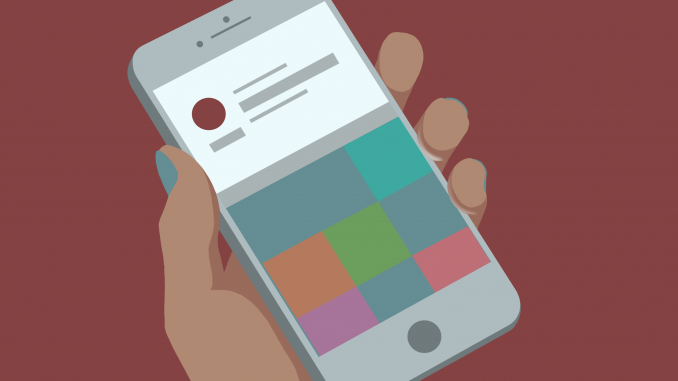
Being blessed with a strong metabolism, I was always an underweight child.
My parents were not health conscious and allowed me to eat whatever I wanted, and my grandparents spoiled me with homemade meals.
I had a good palate from a young age and was never a picky eater. By the time I was 10 years old, I was ordering off the adult menu because the meals for kids were too “boring.” I also played soccer and was very active, which undoubtedly sped up my already fast metabolism.
But when I turned 12, I started experiencing puberty, going through a growth spurt and gaining some weight. I was still very skinny, but did not have the rail-thin physique of a child anymore.
I was terrified by the changes in my body and didn’t understand they were a normal part of development. I started counting calories and exercising vigorously outside of my soccer practices and games. Eventually, I was only eating 1,000 calories a day, all the while running three to six miles a day.
The plan backfired on me. I went from being a varsity starter on the soccer team freshman year to sitting on the bench sophomore year because I had no energy or muscle left.
My acquaintances and teachers noticed I looked unwell, but when they said I looked really skinny, I mistook it at a compliment and thanked them. When they asked if I was okay, I just shrugged it off.
It was sophomore year of high school when the school nurse called my dad after a physical. I had gone from 112 to 89 pounds in one year. I was forced to face my problem.
The nurse and school counselor insisted I go to the hospital because they were concerned about my low weight, so I begrudgingly met with a nutritionist. I lied to her about my eating disorder because I didn’t want help.
The nutritionist prescribed me a diet plan eating 1,800 calories a day. I thought it was too much, so I resisted.
I quit the soccer team because I was embarrassed and ashamed of myself for letting my obsession with my weight affect my playing.
My parents did not cook, so I could get away with eating low calorie TV dinners.
I refused inpatient care or therapy because I did not think anything was “wrong with me,” and I did not want the other kids at school to know.
I missed a decent amount of school going to the hospital a couple times a month for weigh-ins, EKGs and bone marrow tests.
My heart rate averaged just below 40 beats per minute at my worst, far lower than the healthy rate of between 60 and 100 bpm.
My blood pressure was also below average, and I was not getting my period.
This scared me into finally upping my calorie intake and slowly but surely incorporating “fear foods” like burgers, butter, whole milk and mayonnaise back into my diet.
After two years of doing this, I had gained about fifteen pounds and plateaued. Although I was not one hundred percent better, my doctors were pleased with my progress.
My freshman year of college, I finally got my period for the first time. I was ecstatic, and my roommates did not understand why.
That same year, I decided to make a “foodstagram,” a food blog on Instagram, as a recovery tool to help me love food again. We’d been in a love-hate relationship for too long.
Flash forward to now, exactly three years after I first made @phillyfoodladies and six years after I was diagnosed with an eating disorder, I am finally back to approximately 112 pounds.
My Instagram account, which now has more than 5,000 followers, became a space for me to post pictures of food I was eating and write reviews of restaurants I have gone to in Philadelphia and beyond.
By choosing to only follow pages that celebrated food, my feed was filled with love for Philadelphia and its plethora of local businesses. Rather than feeling shameful and fat whenever I ate a big meal, I could not wait to post about it and share my experience with my followers.
I have discovered so many new types of food and cultural dishes, like bao buns and bibimbap, through my food blog, and I feel a sense of community through the Philadelphia-based food bloggers who are just as passionate about food as I am.
The irony of it all was that by creating my foodstagram, I reclaimed the self-confidence I lost as a teenager by subscribing to unrealistic standards of beauty on Instagram and other social media.
I hope that other people who are going through a similar situation as I did can view my account, read my story and use it as inspiration to change their eating habits.
My body dysmorphia blinded me to the reality that I was dangerously underweight and putting my life in jeopardy by refusing to eat.
I wish I could have saved myself and my family from the stress of dealing with an eating disorder, all because I wanted to look like my friends and the girls I admired on social media.
Though I do not have a perfect diet today, and I have my days when I am feeling low and relapse into old habits, I am about fully recovered and in a much better place than I was before.
I can confidently say that I am now eating on my own terms — not someone else’s.


Be the first to comment